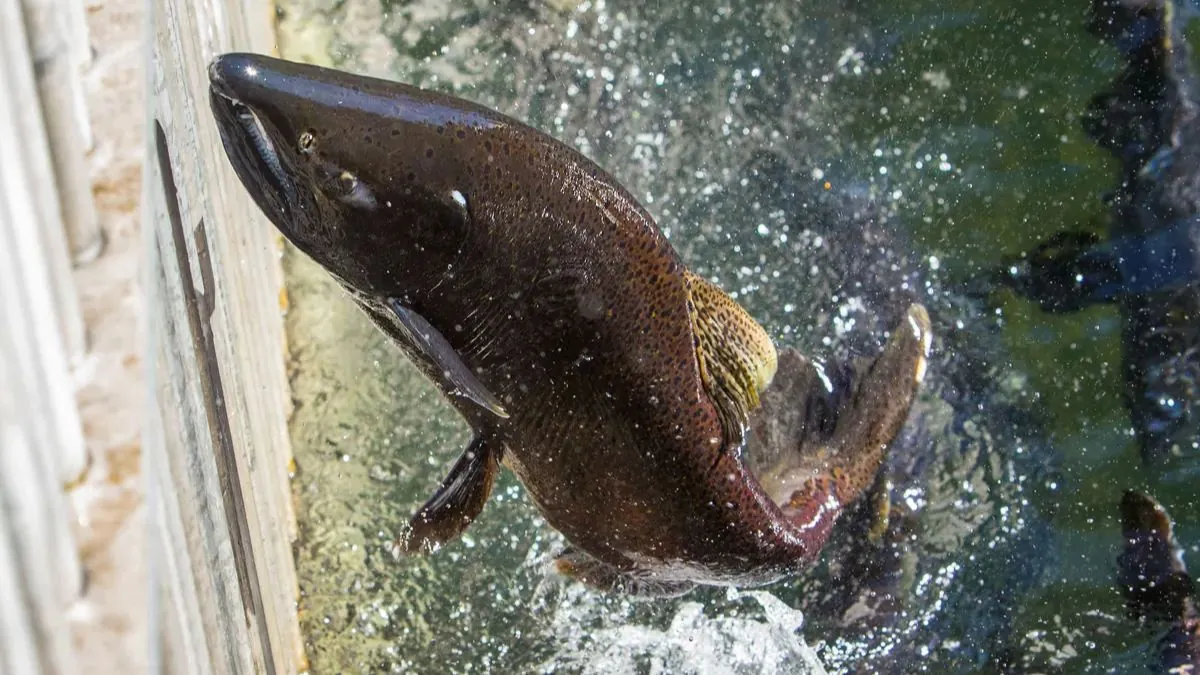A tanker transporting the fish toppled and spilled its cargo, accidentally restocking a creek in Oregon with tens of thousands of baby salmon.
According to state officials, more than 75% of the 102,000 Chinook salmon smolts transported by the tanker from a hatchery to the Imnaha River made it into Lookingglass Creek after the mishap last Friday.
The surviving fish, which were intended to boost the numbers of threatened species in the Imnaha, “hit the water running” and were expected to migrate through the Grande Ronde river to the Pacific Ocean, according to Andrew Gibbs, a hatchery coordinator for the Oregon Department of Fish and Wildlife.
Almost 26,000 smolts died; their bodies were discovered either still in the overturned tanker or scattered along the banks of the creek, a tributary of the Grande Ronde. A news release from the department stated that the dead fish made up approximately 20% of the planned release into the Imnaha this year, suggesting a reduction of 500 to 900 mature fish in the coming years.
The driver sustained only minor injuries in the single-vehicle collision after losing control of the 53-foot truck during a quick curve. It slid onto its passenger side and over a rough embankment on the roof, rupturing its sealed tank.
“It’s a kind of fish taxi,” Gibbs told the Times, noting that the salmon, approximately 18 months old, were being brought from the Lookingglass hatchery in Elgin, about 300 miles east of Portland, to the Imnaha, a popular sport fishing location.
They would have spent several days acclimating in a specially constructed tank before continuing their 650-mile voyage to the Pacific via the Snake and Columbia rivers.
Salmon that made it to the ocean spent two to three years foraging before returning to the river to die after spawning. ” They sort of sniff their way back. “It’s an incredible life history,” Gibbs stated.
The fish that poured into Lookingglass Creek considered it their spawning ground and would eventually try to return there, according to officials.
According to the press release, the hatchery is part of the state’s fish management program and breeds salmon for sport harvest, as well as to supplement the threatened wild population on the Imnaha.
In 1982, four federal dams on the lower Snake River caused spring Chinook and summer steelhead losses, prompting the construction of this monument.

